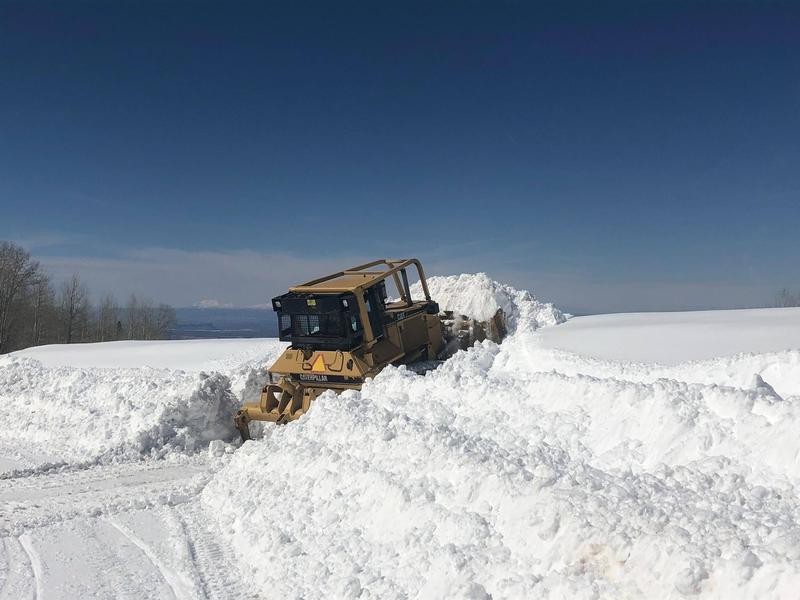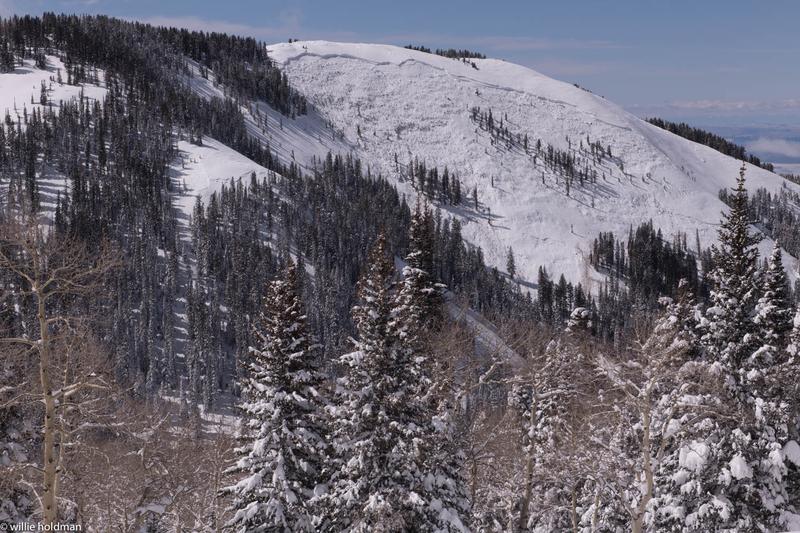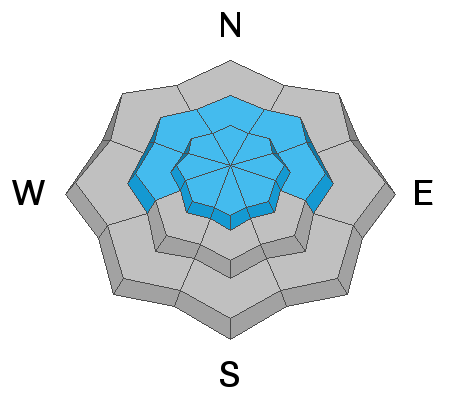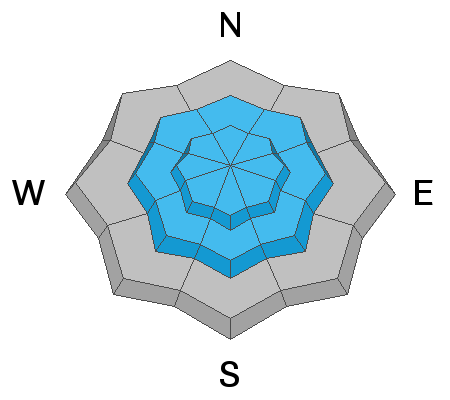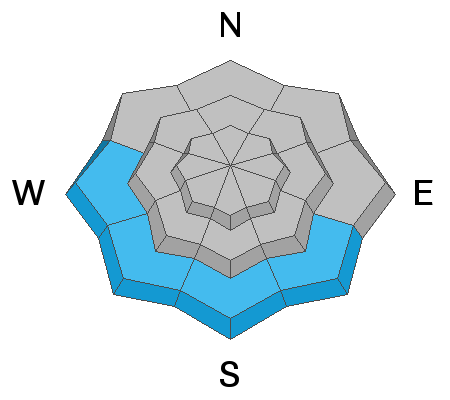Forecast for the Moab Area Mountains

Issued by Mark Staples on
Saturday morning, March 16, 2019
Saturday morning, March 16, 2019
Today the avalanche danger is CONSIDERABLE at all elevations. Avalanches can break near the ground 6-12 feet deep or in slabs of wind drifted snow 3-4 feet deep. At low elevations some wet avalanches are possible on southerly facing and west facing slopes.
These are still dangerous avalanche conditions that require cautious routefinding and conservative decision-making which warrants a CONSIDERABLE danger rating.
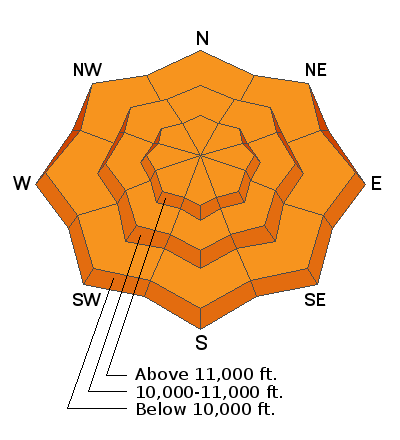
Low
Moderate
Considerable
High
Extreme
Learn how to read the forecast here


